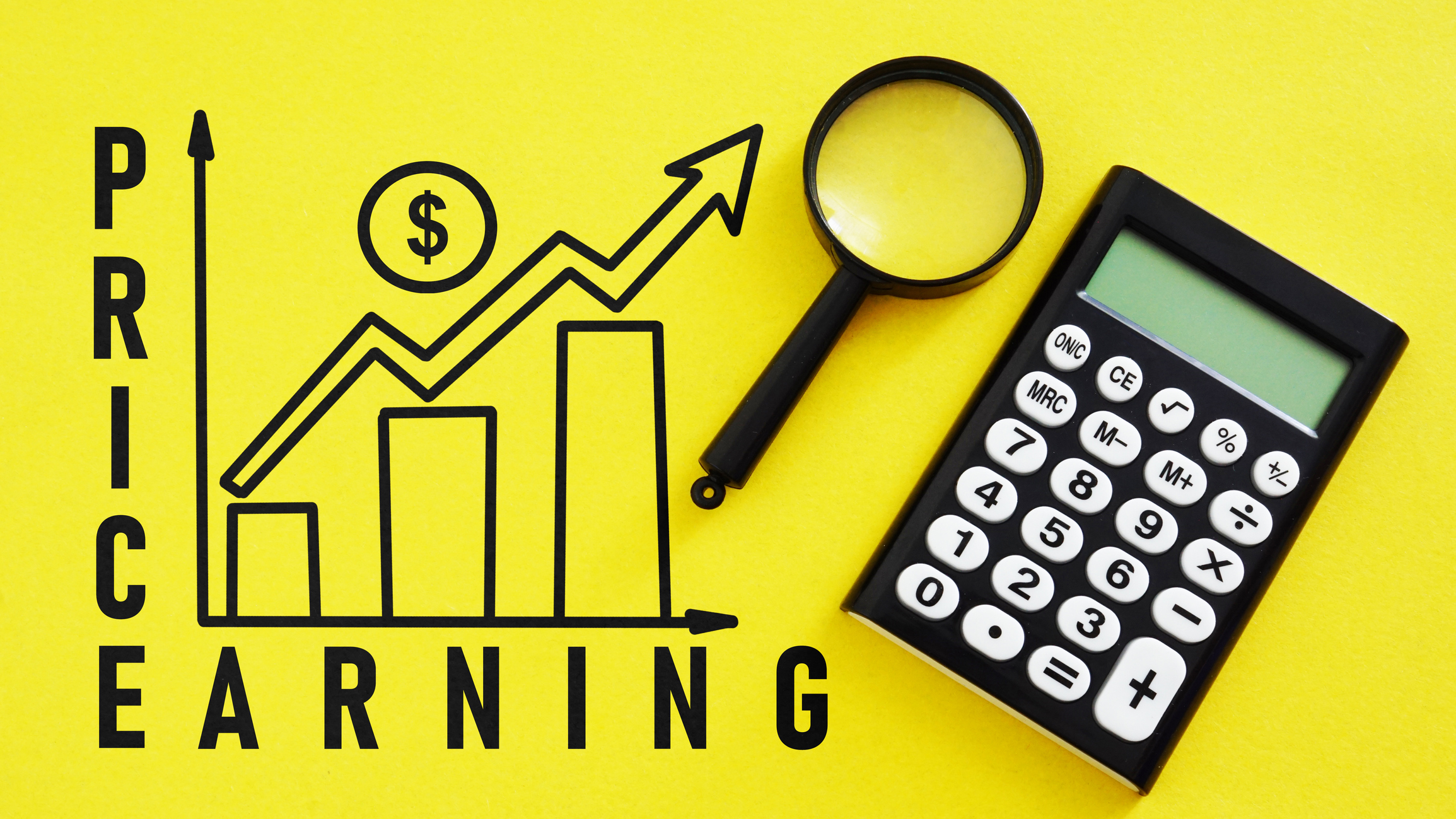
The price-to-earnings ratio, or P/E ratio, is just one of many tools we can use to analyze a stock. Indeed, there are as many ways to do that as there are flavors of cake.
Some may prefer a vanilla approach that keeps things simple and sweet. Others like to dive into the murky depths of a death by chocolate.
The P/E ratio is closer to the vanilla end of the spectrum.
Regardless of your taste preferences, it's wise to have a method to your madness when picking stocks and determining whether or not they're priced at a reasonable valuation.
"Stock prices can move around a lot, so having multiple ways to determine a stock's value is important information when deciding to buy or sell a stock," says Ayako Yoshioka, a senior portfolio manager at Wealth Enhancement Group.
The P/E ratio is probably the most widely known way to gauge a stock's valuation.
What is a P/E ratio?
"The P/E tells investors based on current earnings, how expensive or inexpensive a company's current price is," says Terry Sylvester Charron, senior director of Family Wealth Investment Advisor Group at BNY Mellon Wealth Management.
The P/E ratio is calculated by dividing a stock's current share price by the company's earnings per share (EPS).
"EPS" is the earnings for the previous 12 months divided by the number of outstanding shares of stock.
The good news is you'll seldom need to calculate P/E yourself.
Most tools for DIY investors and financial websites include price-to-earnings data on stock analysis pages.
If you want to verify the website's calculations or just prefer to crunch your own numbers, you can usually find earnings per share on a company's income statement below net income.
What does the P/E ratio tell you about an investment?
"The P/E ratio tells how much an investor is willing to pay for $1 of earnings of the underlying company," says Andrew Crowell, a financial advisor and vice chairman of Wealth Management at D.A. Davidson.
For example, according to Morningstar, Apple's (AAPL) P/E is 35.0. This means investors are willing to pay $35.00 per $1 of the company's earnings to own Apple stock.
"The P/E ratio gives us insight into how the market perceives the earnings potential of an investment," Charron says.
"Companies with faster earnings growth potential and more sustainable earnings power, for instance, will often have a higher P/E ratio than peers with slower growth and/or lower quality earnings."
Price-to-earnings ratios vary by sector, with companies in one sector tending to have higher multiples than those in another sector, Crowell says.
For instance, Morningstar reports a P/E ratio for the Technology Select Sector SPDR Fund (XLK), which represents the tech sector, of 26.9.
Meanwhile, the P/E ratio for the energy sector, as measured by the Energy Select Sector SPDR Fund (XLE), is at 14.8.
P/E ratios also tend to rise during bull markets and contract during bear markets, so it's important to keep context in mind.
How can you use the P/E ratio when investing?
You can use the P/E ratio to compare stocks to their peers or the market in general.
"For example, all other metrics being equal, an industrial stock with a P/E of 17 is more expensive than an industrial stock with a P/E of 13," Crowell says.
"If the two companies have similar growth rates, revenues, debt levels, etc., this implies that the higher P/E stock is more expensive than the lower."
As with most purchasing decisions, you never want to pay more than necessary for an investment, so choosing low P/E companies can be a savvy investment strategy.
"Buying stocks at the right price is critical, and having the discipline not to overpay can help an investor make smart investment decisions," Crowell says.
You can also look back at history and see where the stock's average P/E ratio has been and whether the current P/E is at a premium or a discount, Yoshioka says.
That said, it's dangerous to oversimplify the power of the P/E ratio. Low P/E stocks are not necessarily safer than high P/E ones, Crowell says. "P/E is simply one measure of valuation."
A company's reported earnings can vary based on changes in accounting, adjustments made by the company and other fluctuations, so having an additional form of valuation is helpful as well, Yoshioka says.
She recommends price-to-sales (P/S) or price-to-free cash flow (P/FCF). Each of these metrics takes a similar approach to P/E in determining a good value stock vs an expensive stock.
Simply replace the EPS calculation on the bottom of the equation with the company's sales or free cash flow.







